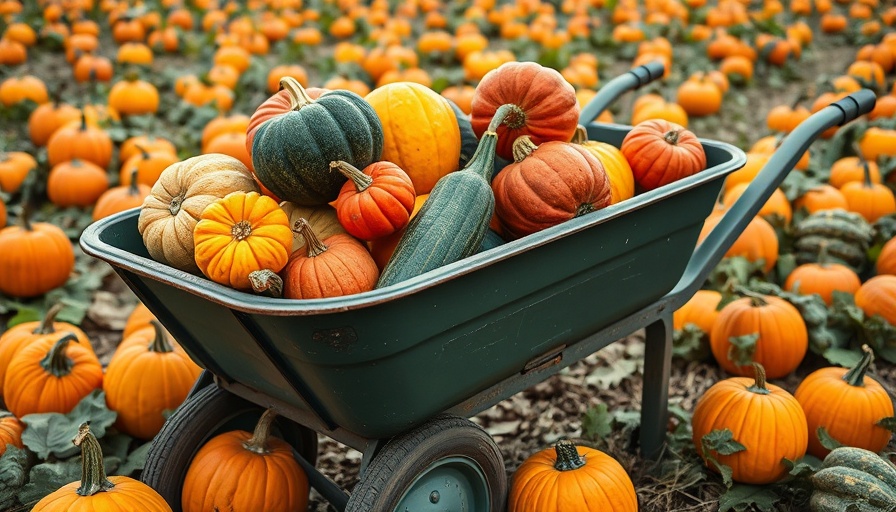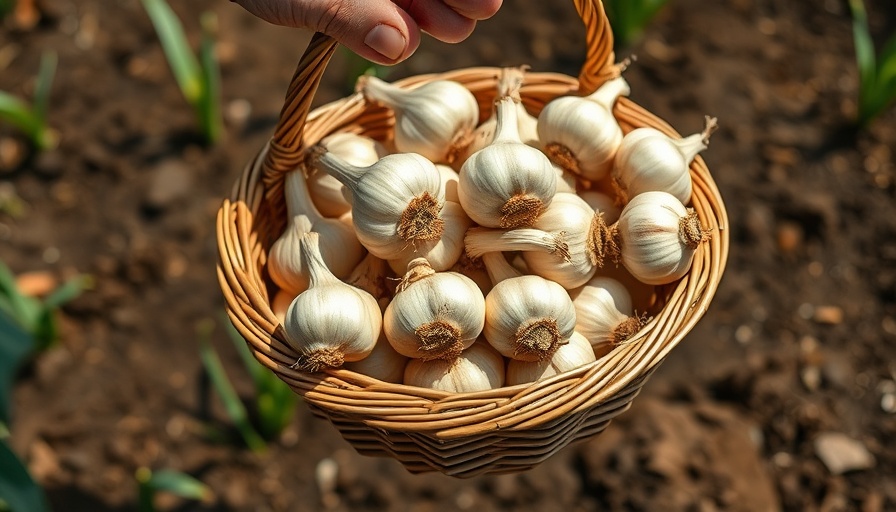
Unlocking the Secrets: Your Ultimate Guide on When to Harvest Winter Squash
As the autumn leaves begin to turn and the air cools, many gardeners are filled with anticipation for their winter squash harvest. These hearty vegetables, often regarded as autumn treasures, not only provide sustenance but also bring a plethora of flavors to our seasonal dishes. Understanding the perfect time to harvest winter squashes can maximize their taste and longevity, ensuring you enjoy their benefits throughout the colder months.
The Importance of Timing
Harvesting winter squash at the right time is essential for a successful yield. Many varieties, such as butternut, acorn, and spaghetti squash, thrive in warm conditions and should be planted in spring for an autumn harvest. Counting the days to maturity, specified on seed packets, gives an estimate of when your squash will ripen. Most winter squashes mature 80 to 120 days after planting, with ripeness often detected by the color and firmness of the fruit.
A critical indicator of readiness is the state of the vine and stem. As the squash nears maturity, the vine may begin to brown, and the stem will demonstrate corking with woody characteristics. When these signs are observed, it’s a signal to start preparing for harvest. But be cautious; a hard freeze can significantly damage your crop. Ideally, harvest before temperatures drop below 45°F (7°C) to prevent frost damage that could curtail storage life.
Visual Cues: Color and Firmness
Color plays a vital role in determining whether winter squash is ready to be picked. As the fruit matures, its skin changes from glossy to a matte finish, indicating ripeness. Different varieties exhibit unique signs; for example, acorn squash displays a dark orange ground spot when ripe. On the other hand, butternut squash may reach its tan coloration a few weeks before true maturity, necessitating careful observation of texture and firmness. A mature squash should feel firm to the touch, resisting a fingernail poke—a test that can confirm it's ready for harvest.
Harvesting Techniques and Best Practices
When it comes time to harvest winter squash, it's essential to employ the correct techniques to ensure longevity. Using sharp pruners or a knife, carefully cut the squash from the vine, leaving a couple of inches of stem attached. This practice helps avoid rot and prolongs freshness. Take care not to bruise the fruit during harvest, as any damage can reduce storage life.
Post-Harvest Care: Storing Your Bounty
Proper storage methods can prolong the life of your harvested squash, allowing you to enjoy its delicious flavor into the winter. Most types benefit from a curing period of one to two weeks at room temperature, which helps convert starches into sugars, enhancing sweetness. Following curing, store wintry squash varieties between 50°F and 60°F (10-16°C) with humidity levels controlled at 50% to 70% for optimal results. Acorn and delicata squash should be consumed shortly after harvest due to their shorter shelf life, while butternuts can keep for two to three months, and hubbards even longer—up to six months if conditions are right!
Diverse Squash Varieties to Consider
Exploring different winter squash varieties can enrich your gardening experience. The Honeynut, a hybrid of butternut and buttercup, boasts exceptional sweetness and resilience against pests. Meanwhile, the beloved Delicata offers creamy texture and rich flavor, perfect for immediate consumption. On the other hand, Table King is ideal for stuffing and boasts a long storage life. Every gardener should consider including Pink Banana, with its striking color and delightful taste, as well as Red Kuri, exceptional for colder climates, ensuring a well-rounded crop.
Conclusion: From Garden to Table
Harvesting winter squash is not only rewarding physically but also connects us deeply to the seasonal rhythms of nature. By following the indicators of maturity, employing careful harvesting techniques, and practicing proper storage methods, you’ll ensure that your homegrown squash are enjoyed for months to come. With fall approaching, now is the perfect time to prepare for an enriching harvest that will add warmth and flavor to your seasonal meals. So gather your tools and get ready to celebrate this incredible crop!
 Add Row
Add Row  Add
Add 




Write A Comment